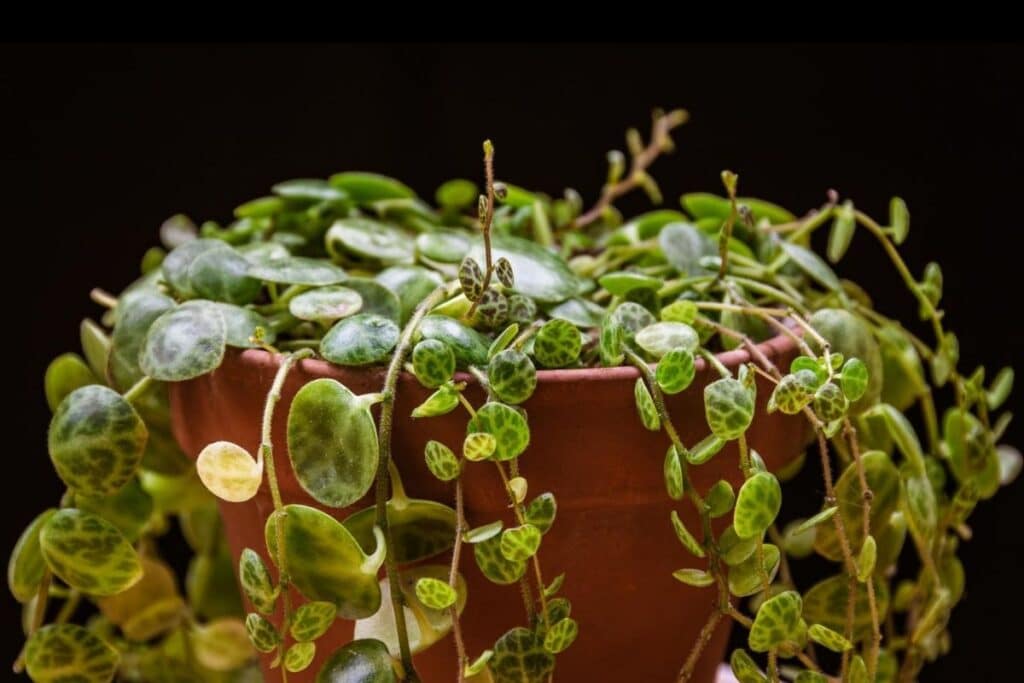The Peperomia Prostrata is a plant belonging to the Piperaceae family. They are small perennials succulents and are native to South and Central America, although some species are found in the African continent as well.
Peperomias are among the easiest plants to grow, as they require very minimal maintenance on your behalf. These plants exhibit a slow growth rate, making them suitable for your indoor plant collection where you want to enjoy their beauty without rapid expansion.
Also known as String of Turtles, these plants are beautiful ornamental leaves, so you can easily decorate your home with these plants. Continue reading if you would like to know more about the Peperomia Prostrata plant.
Peperomia Prostrata Description
Peperomia Prostrata likes humid climates. They are a succulent plant, which means they are very small. They have white veins all over their leaves, and they can usually grow up to four inches in length.
How To Care For Peperomia Prostrata
Here are some of the best tips for you to take care of your Peperomia Prostrata plants.
Light
Even though Peperomia likes humid warm climates, they still need to have a bright light nearby for them to grow.
They could be easily grown indoors like many indoor plants. However, you will need to place them next to a window or another source of light.
Foliage
This plant’s leaves have a tiny dark green and blue tint to it. They also have similar patterned lines, which are called veins. They could either be white, maroon, dark blue, and purple. Usually, these veins will turn silvery-white as they become older.
Once you water your Peperomia Prostrata plant, you will see a few leaves look swollen; this means they are correctly absorbing water.
However, even though the Peperomia Prostrata plant does flower, it only produces a tiny cream flower on the plant’s long spikes. They will only last for a couple of days. They have no scent, and they are simply ornamental plants.
Do not worry if your turtles plants start losing their bottom leaves; it is perfectly normal for them to do so as a way of regenerating new plants. But, if you start seeing that the Peperomia Prostrata leaves fall in large numbers, you should check your soil and the temperature where they are, as they may be affected by the conditions of either one of them.
Water
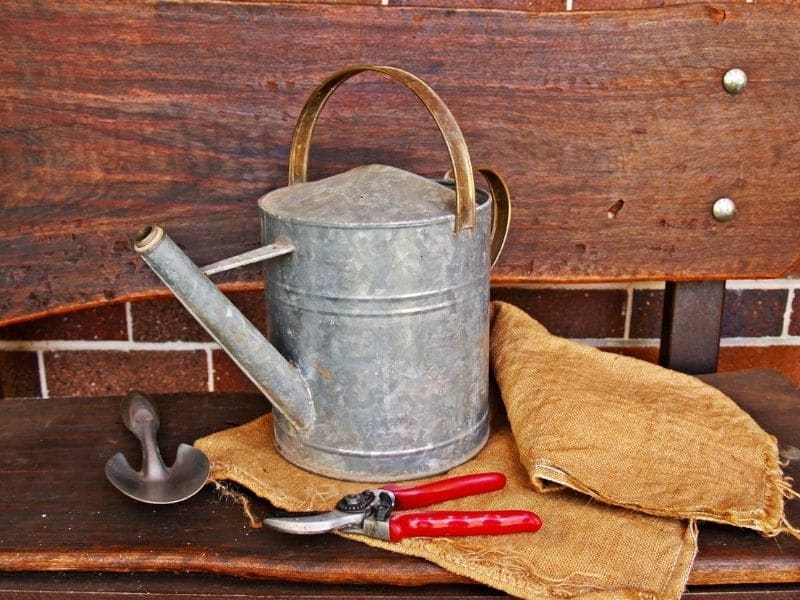
Even though the Peperomia Prostrata likes moist soil, you should be careful not to overwater them. In fact, you should touch the soil first before watering, and if the soil is completely dry, then you should water them then.
Make sure you do not overwater your peperomia plants, as they will become wilted or you will see some scab-like protuberances in their leaves. And they are not very pleasant to look at, so make sure your water supply remains steady and balanced! Remember to choose pots with drainage holes to prevent waterlogged soil.
Soil Type
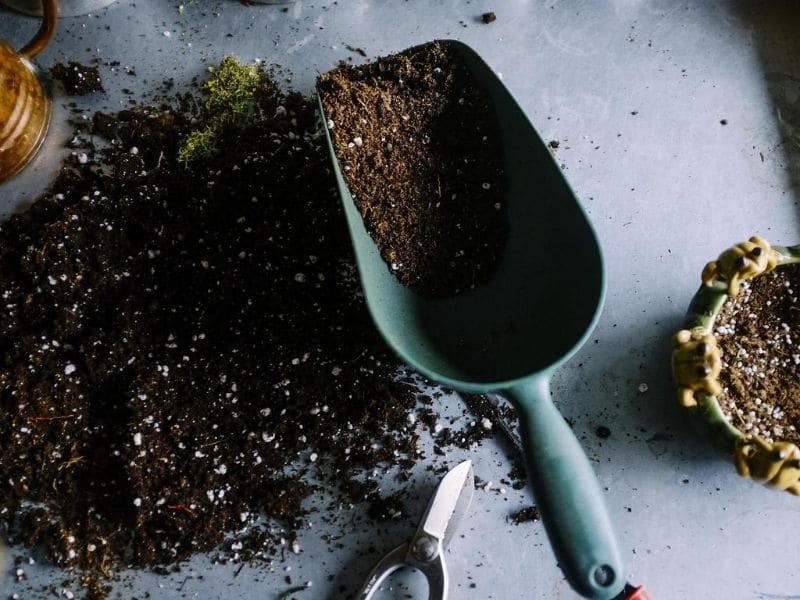
Peperomia Prostrata prefers a loose, fertile, and well draining soil mix in order to thrive. You will not need to repot your plant to a larger container once you see it grow because even if they reach their optimum length and height, they are still tiny plants.
On the other hand, you could repot it when spring starts so you could change the topsoil, especially if you see that it is not growing correctly. Adding a bit of coarse sand to the soil mix can enhance drainage and provide better conditions for your Peperomia Prostrata.
Pests and Plant Diseases
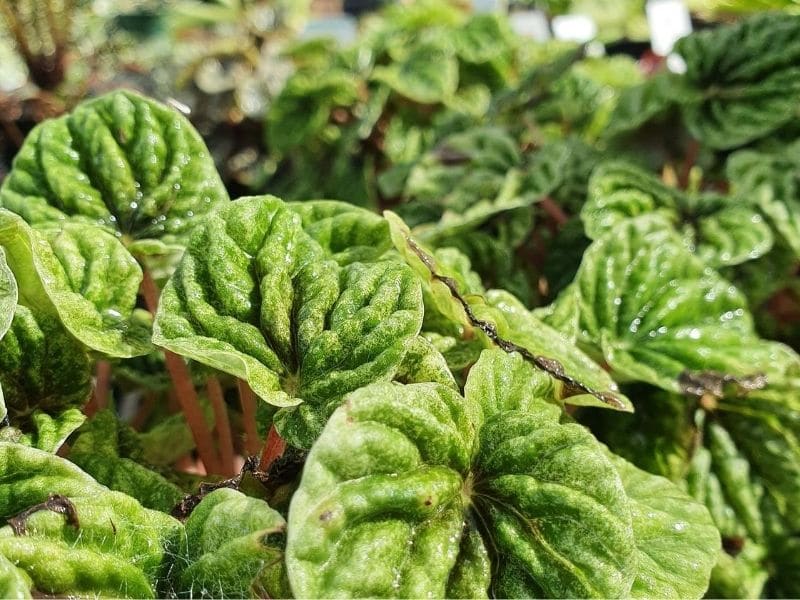
The Peperomia Prostrata can suffer from bugs, such as spider mites, who will leave a white mark at the bottom of the leaves. You might initially think they are dirty, but this is all because of the spider mites.
Besides, they could also suffer from discolored foliage, especially when you are overwatering them. If your plant is looking dull and lifeless, then maybe you will need to place it where it receives strong sunlight throughout the day.
Do this for a few weeks, and then check again on how the unique plant is doing.
Propagation
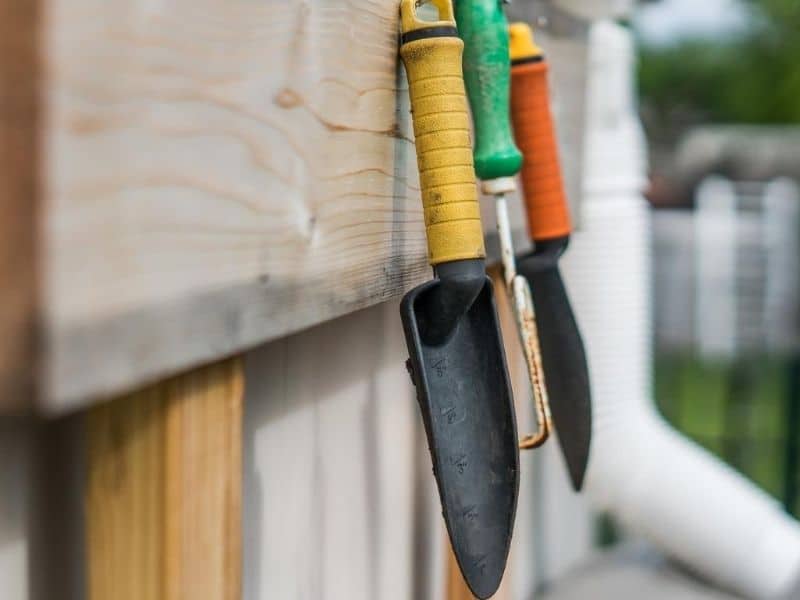
The String of Turtles plant can be easily propagated if you wished to do so. You only need to have cut about 3 inches of your plant’s stems. Make sure you have the leaves attached to it still.
Next, fill a container with moist and well-drained soil, and place your small stem cuttings into it. Position the container in a spot where it receives steady sunlight throughout the day, and water the cuttings.
That’s it! By following these steps during the growing season, you’ll be able to propagate as many Peperomia Prostrata plants as you desire.
Frequently Asked Questions
Here are some of the answers to your questions about Peperomia Prostrata!
How much light does String of Turtles need?
String of Turtles (Peperomia prostrata) thrives in bright, indirect light. Avoid direct sun light, as it can scorch the leaves.
How often to water Peperomia prostrate?
Water String of Turtles when the top inch of soil feels dry. Allow the soil to dry out slightly between waterings to prevent overwatering, which can lead to root rot.
Why is my String of Turtles losing leaves?
String of Turtles may lose leaves due to various factors, including overwatering, underwatering, inadequate light, or sudden temperature changes. Assess the plant’s care routine and adjust watering, lighting, and environmental conditions accordingly.
Why is my turtle plant dying?
Turtle plant (Peperomia prostrata) may decline or die due to issues such as overwatering, underwatering, poor soil drainage, inadequate light, or pest infestations. Evaluate the plant’s care conditions and address any issues promptly to promote recovery.
What does an overwatered String of Turtles look like?
Symptoms of overwatering in String of Turtles include yellowing or mushy leaves, wilting, or leaf drop. Additionally, the soil may remain consistently moist, and root rot may develop. Adjust the watering frequency and ensure proper drainage to prevent further damage.
Conclusion
This succulent plant is delicate-looking. They will thrive both indoors and outdoors, and they look great in a hanging basket or outdoor container.
They are straightforward to take care of, making them the right choice of plant for beginning gardeners. Their plump and perfectly round leaves will sure catch everybody’s attention, especially as they start growing and spreading!
Experienced plant enthusiasts will appreciate the straightforward care requirements of this lovely succulent.
See more: Peperomia hope care
Image: Maritxu22/depositphotos

